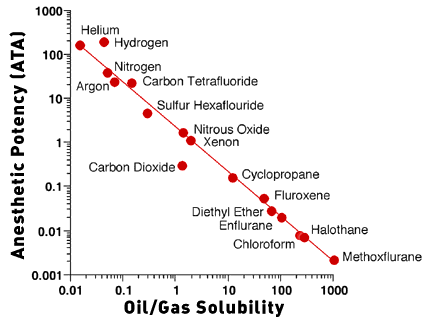Eric T Lewis
Registered
I am a former commercial diver. I've done 130' air on scuba, and 200' air on surface supplied air. Deeper than that I was on mixed gas.
It comes down to how the narcosis is going to affect you. It affects everyone differently and at different depths. The same way two beers make my wife loopy and don't affect me.
If you are old enough (like me) to remember the days that dentists gave you nitrous oxide; being narced feels like that.
If you get easily drunk, or easily affected by certain prescription meds. You probably will get easily narced. Remember the biggest danger is that you lose your good judgment. That is what will kill you.
It is normal to feel a little buzzed, but if you feel yourself getting flat out stoned, get out of there. The narcosis quickly goes away as you go shallower.
It comes down to how the narcosis is going to affect you. It affects everyone differently and at different depths. The same way two beers make my wife loopy and don't affect me.
If you are old enough (like me) to remember the days that dentists gave you nitrous oxide; being narced feels like that.
If you get easily drunk, or easily affected by certain prescription meds. You probably will get easily narced. Remember the biggest danger is that you lose your good judgment. That is what will kill you.
It is normal to feel a little buzzed, but if you feel yourself getting flat out stoned, get out of there. The narcosis quickly goes away as you go shallower.
Last edited:






